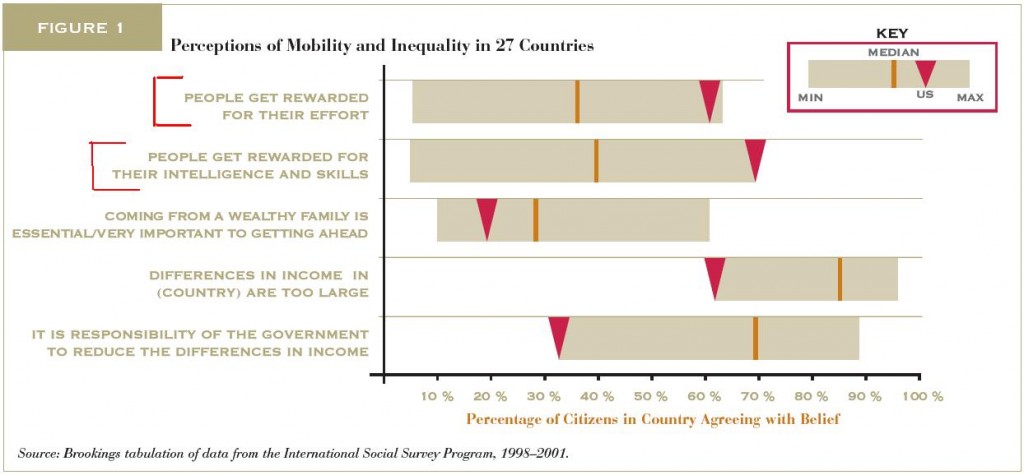Ilysse W. sent in a link to a story about a recent response to homophobia at a men’s volleyball match in Brazil, which she thought was particularly interesting given L.A. Lakers star Kobe Bryant’s recent homophobic outburst at a game and the conversations it has sparked about homophobia in sports. Bryant has been in the news for apparently calling a referee a “fucking faggot” (video at TMZ). The NBA has fined him $100,000, though Bryant says he will appeal the fine and that his words shouldn’t be “taken literally” (via ESPN):
The concern that I have is for those that follow what I say and are inspired by how I play or look to me as a role model or whatever it is, for them not to take what is said as a message of hate or a license to degrade or embarrass or tease. That’s something I don’t want to see happen. It’s important for me to talk about that issue because it’s OK to be who you are, and I don’t want this issue to be a part of something or to magnify something that shouldn’t be.
At a recent men’s volleyball match in Brazil, members of the crowd chanted “bicha”, the equivalent of “faggot,” at a gay player:
Afterward, due to media scrutiny, the player, Michael, publicly acknowledged that he is gay.
In a gesture of solidarity, at the team’s next match, the players wore pink warmup shirts, and one wore a rainbow-colored jersey:
A banner was unfurled in the stadium that said Vôlei Futuro Against Prejudice, and fans held up pink thundersticks (noisemakers) with Michael’s name on them in support:
(Images via Asterisk.)
Meanwhile, back in the U.S., the Lakers say they are teaming with GLAAD to try to eliminate homophobic slurs in basketball. I suspect they’ve got plenty of work to do.
















